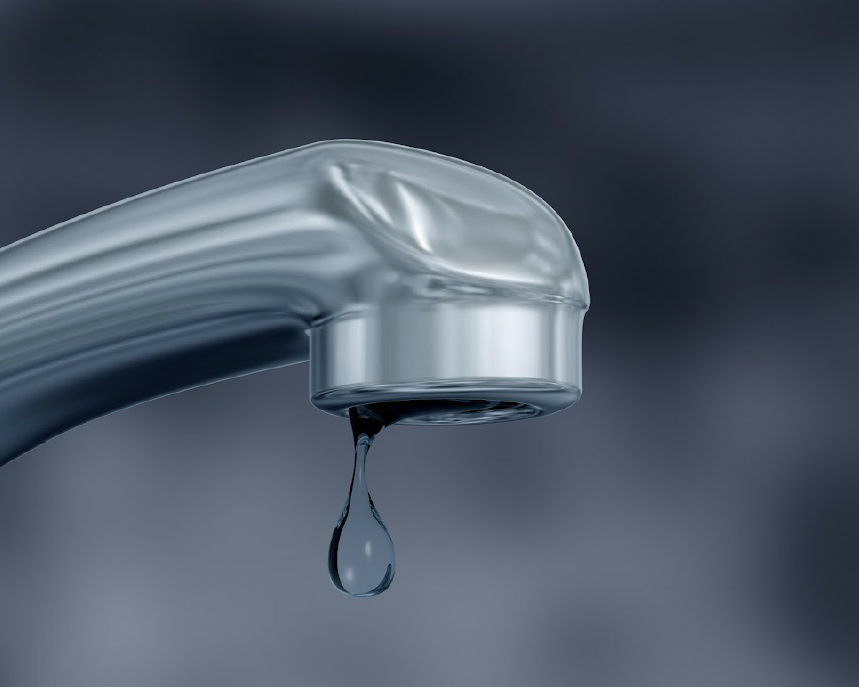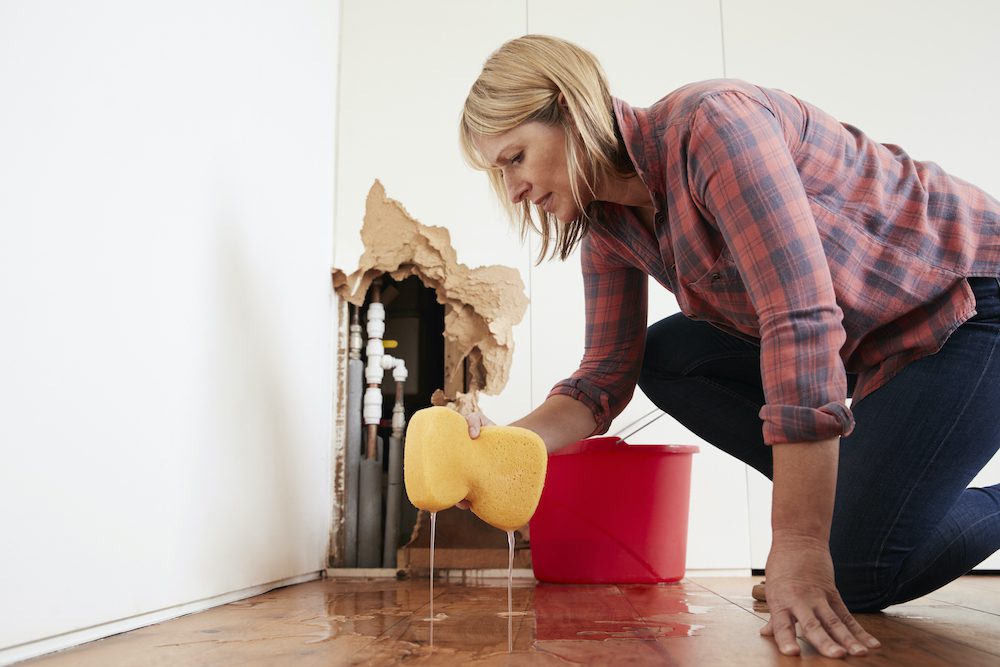Guide To Water Leak Detection In The House
Guide To Water Leak Detection In The House
Blog Article
This article down below about Detecting hidden plumbing leaks is really intriguing. Read it for yourself and decide what you think of it.

Early detection of leaking water lines can minimize a prospective catastrophe. Aside from conserving you money, it will certainly reduce the aggravation and frustration. The minute you locate a leakage, calling your plumber for repairs is the very best option. However, some tiny water leakages may not be visible. Here are some hacks that help if you can not find it with your nude eyes.
1. Examine the Water Meter
Every residence has a water meter. Checking it is a guaranteed way that assists you uncover leaks. For starters, shut off all the water sources. Make certain no one will purge, use the tap, shower, run the cleaning maker or dishwasher. From there, go to the meter as well as watch if it will certainly change. Considering that nobody is using it, there must be no movements. That shows a fast-moving leak if it relocates. If you detect no modifications, wait a hr or 2 as well as inspect back once more. This implies you might have a slow leak that can even be underground.
2. Inspect Water Intake
If you find abrupt modifications, regardless of your consumption being the exact same, it suggests that you have leaks in your plumbing system. An unexpected spike in your expense shows a fast-moving leak.
A stable increase every month, also with the same practices, shows you have a sluggish leak that's also slowly escalating. Call a plumber to completely inspect your residential property, specifically if you feel a cozy location on your floor with piping below.
3. Do a Food Coloring Test
When it comes to water consumption, 30% comes from commodes. If the color in some way infiltrates your bowl throughout that time without flushing, there's a leak in between the storage tank as well as bowl.
4. Asses Outside Lines
Don't fail to remember to check your exterior water lines too. Needs to water leak out of the link, you have a loosened rubber gasket. One small leak can lose lots of water and also surge your water bill.
5. Examine the situation as well as evaluate
House owners need to make it a habit to examine under the sink counters and also inside closets for any bad odor or mold and mildew growth. These two red flags suggest a leakage so timely attention is called for. Doing routine evaluations, also bi-annually, can save you from a significant issue.
Examine for discolorations as well as compromising as many home appliances and also pipelines have a life span. If you believe dripping water lines in your plumbing system, don't wait for it to escalate.
Early detection of dripping water lines can mitigate a potential disaster. Some small water leaks might not be noticeable. Inspecting it is a guaranteed method that helps you discover leaks. One little leakage can lose bunches of water and also surge your water bill.
If you suspect leaking water lines in your plumbing system, don't wait for it to escalate.
WARNING SIGNS OF WATER LEAKAGE BEHIND THE WALL
PERSISTENT MUSTY ODORS
As water slowly drips from a leaky pipe inside the wall, flooring and sheetrock stay damp and develop an odor similar to wet cardboard. It generates a musty smell that can help you find hidden leaks.
MOLD IN UNUSUAL AREAS
Mold usually grows in wet areas like kitchens, baths and laundry rooms. If you spot the stuff on walls or baseboards in other rooms of the house, it’s a good indicator of undetected water leaks.
STAINS THAT GROW
When mold thrives around a leaky pipe, it sometimes takes hold on the inside surface of the affected wall. A growing stain on otherwise clean sheetrock is often your sign of a hidden plumbing problem.
PEELING OR BUBBLING WALLPAPER / PAINT
This clue is easy to miss in rooms that don’t get much use. When you see wallpaper separating along seams or paint bubbling or flaking off the wall, blame sheetrock that stays wet because of an undetected leak.
BUCKLED CEILINGS AND STAINED FLOORS
If ceilings or floors in bathrooms, kitchens or laundry areas develop structural problems, don’t rule out constant damp inside the walls. Wet sheetrock can affect adjacent framing, flooring and ceilings.
https://www.servicemasterbyzaba.com/blog/how-to-detect-water-leakage-in-walls/

I ran across that piece on Hacks to detect leaks when doing a search on the internet. Loved our review? Please share it. Help someone else locate it. Thanks for your time. Visit us again soon.
Report this page